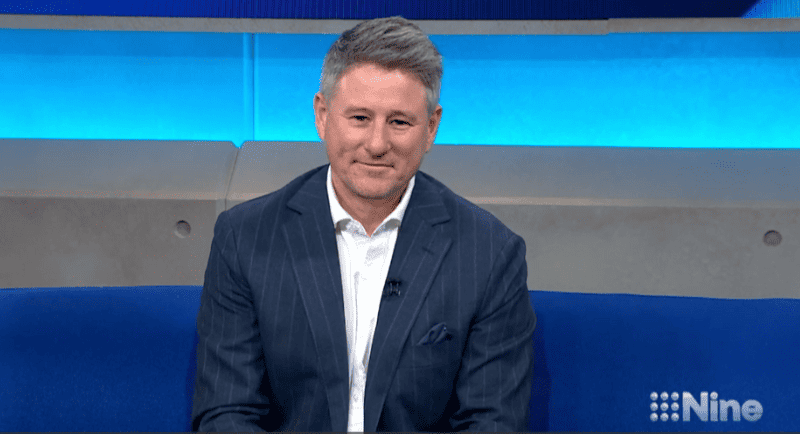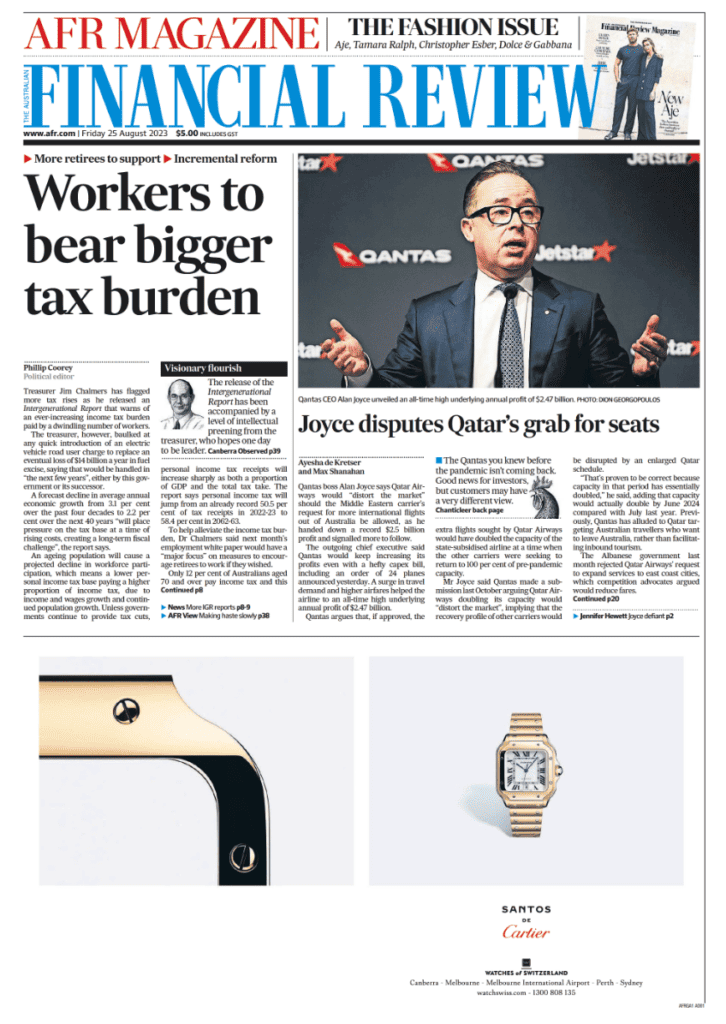After the release of Nine’s full-year results this week, Mediaweek spoke with the company’s chief executive Mike Sneesby high above North Sydney, atop the media group’s HQ. It’s a fitting place to talk to the leader of the business that ranked #1 in the 2022 Mediaweek Power 100.*
The top of the building offers gun-barrel views of the Harbour Bridge and CBD, and is now home to Nine’s impressive Olympic presentation facility. Complete with running track, grandstand and an Olympic museum-like atmosphere, Nine has been running daily presentations for Olympic partners. The company is ready to take customers and clients on a Gold Medal journey over the next decade.
To people asking about the result, the answer being heard most often is a good result under the circumstances.
Mike Sneesby on predicting recovery
Nine acknowledged the economic conditions frequently as it went through the performance of its divisions, and the country’s biggest media group wasn’t going to be pinned down about forecasting green shoots.
“Everyone seems to be calling the market uncertain,” Sneesby told Mediaweek. “We have been all caught out before calling the cycle turn too early. We are certainly being cautious as we proceed through the new financial year and making sure we have the appropriate levers in place to be able to manage through a range of different outcomes.”

Home of the Olympic and Paralympics 2024, 2028, and 2032
Sneesby said any continued downturn wouldn’t impact Olympic projections. “The Olympic Games is a very unique beast. We have made a forecast over a 10-year period through until Brisbane. We have allocated a different amount of cost to each of the games depending on how relevant each is to our time zone and our market. We have set ourselves a target and we feel really good about how we are travelling. But at this point, we are only a couple of weeks into the [selling] campaign.
“One of the things that will shine through is the breadth of platform opportunities we are bringing to market. There has never been an advertising opportunity brought to market around the Olympics and Paralympics like we are bringing. It is a genuine cross-platform opportunity across our radio, publishing, television and streaming.”
Nine’s revenue chase has been aided early on by the number of brands that are already IOC or AOC-aligned are already committed to the Olympic movement.
Sneesby said the recent Matildas’ audience success was a reminder of how massive crowds will flock to major global competitions when held in Australia.
“Sometimes we forget how multicultural Australia is and how the demographics are changing. The more the society changes the more international events become relevant.”
At this stage, Nine has revealed two dedicated FTA channels for Paris 2024, 40 separate live feeds on 9Now, Stan with every event ad-free live and on demand plus an Olympic 24/7 Olympic news channel.
“There will be plenty more announcements between now and Paris,” the chief executive conceded. “This is just the first layer of what the proposition is going to look like.”
Mediaweek has occasionally asked in the past about Nine’s appetite to launch its own dedicated news channel. Could this Olympic News channel be a test for how a dedicated news feed could look?
“I wouldn’t rule it out. It’s not something we are about to announce or launch. News and our ability to produce news and cover the most important stories is a key part of our proposition and a differentiator, particularly with international streaming platforms. We will continue to look at opportunities to do more in that space.
When asked if Nine thought about giving the 5pm hour to head of news and current affairs Darren Wick and his news army, Sneesby replied: “You always look at what the opportunities might be. News is such an overall part of our schedule and as the nature of people’s consumption changes we will change the way we deliver news. That includes not just looking at the television schedule, but also how we deliver news on our streaming platforms.
“Everything is under the constant scrutiny of our programming team.”
See also: Nine begins the countdown to Paris 2024 with a year to go until Olympics
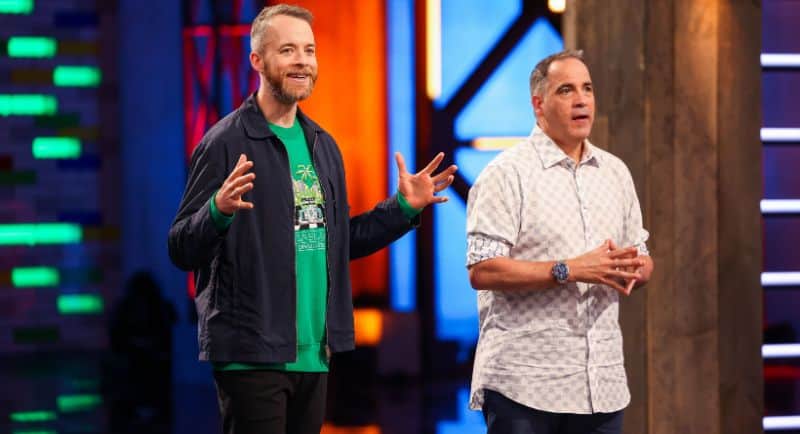
Nine’s Lego Masters
Broadcast: Still room for growth?
With audience and revenue shares hovering around 40% or more where does the TV business go? Is there still room for growth?
Sneesby: “The job is to more than maintain those positions. The job is to continue growing share. Through what has been a challenging market we have kept our foot down on areas of investment. We have been very disciplined in costs that are outside core investment areas. When it comes to content, when it comes to products and technology that drive our platforms, we have kept our foot down on things that matter. That has yielded a significant improvement in our share position and strengthening of our overall competitive position in the market.
“There is no reason that shouldn’t or can’t continue. That will very clearly be our focus as we continue into 2024. We will continue to invest in the things that matter, and we have set ourselves a target to continue to grow share.”
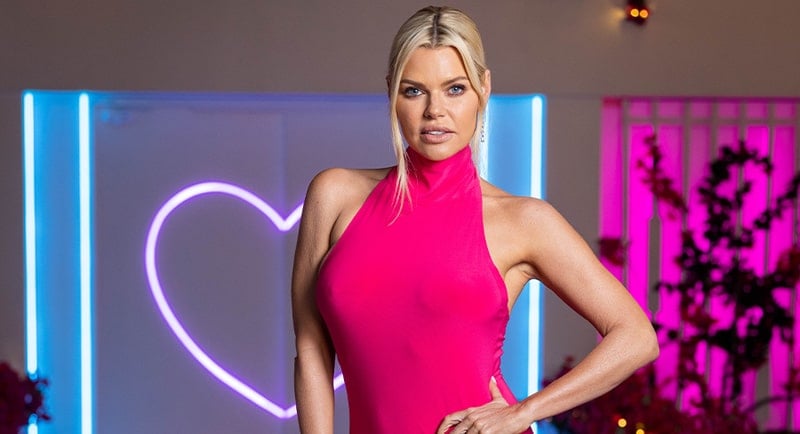
Love Island host Sophie Monk
9Now priorities
Sneesby: “The growth of 9Now in terms of audience numbers is being driven by live streaming more than it is from on-demand content. We have shifted our investment into more areas of live content to drive growth versus video-on-demand content.
“That means a shift in expenditure from high-cost first run licensed content into more live and local content.
“My Mum Your Dad was a format that was created to have a bigger impact in live streaming just as Love Island has been. Sport of course is also another driver for live audiences.”
Stan: Subscribers, profit and improving margins
At the streaming platform, Sneesby had praise for his colleagues at the business he launched in 2015. Total subscribers were 2.6m, with paid subscribers on 2.2m. The total number was steady across the past six months when Nine last revealed the number was close to 2.6m. It is up year on year from 2.5m+.
“Being up year-on-year is an outstanding result for the team. We gave guidance in February we expected numbers to be flat, but I used the term softer subscriber numbers. The context behind that is in February we are coming off the summer peak and you expect some churn for a softer number.
“We also put through a price increase around that time, coinciding with the squeeze on household spending. With those factors in play, to deliver record revenue and profit numbers, is a great outcome.
“The guidance we are giving this year is for continued revenue and profit growth.”
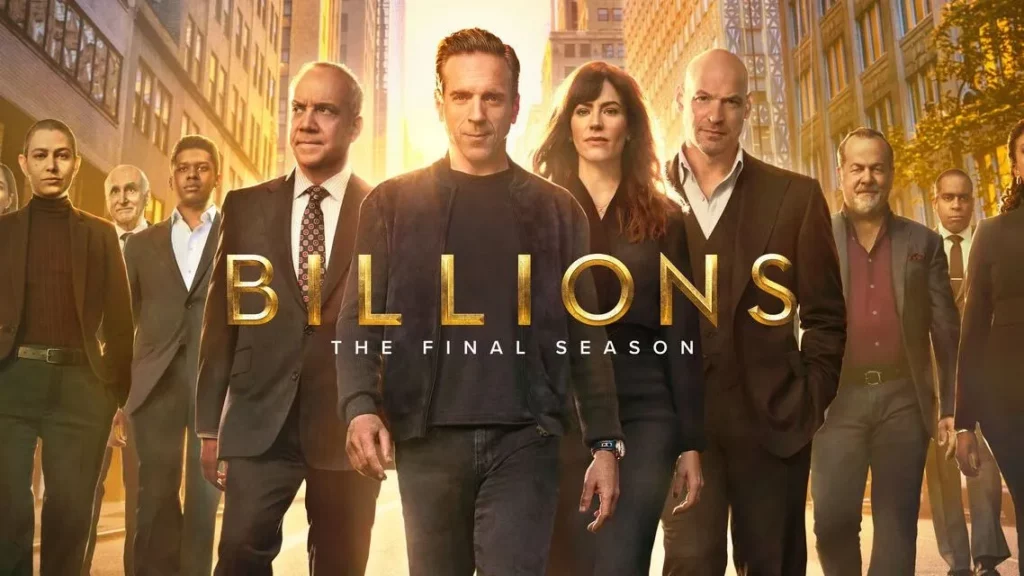
Sneesby was ambitious when Stan launched about potential audience numbers, but back then the company was first-to-market, followed later in that year by Netflix. Since then of course there’s been an explosion of global players thinking streaming might be the future.
Sneesby is expecting changing business models will benefit the Nine-owned streamer. “If you look at the big US-based players, they are starting to rethink their approach instead of just going direct to the consumer. That will mean the dynamic, at least in Australia, will be different to the US.
“There are already a number of content producers who have partnered with Stan rather than launching their own streaming services in Australia.”
Although revenues and profits are growing, the margin is smaller than the double digits enjoyed by Nine’s broadcasting and publishing divisions. Sneesby has an ambitious target. “I have said that for Stan Entertainment the long-term margin is somewhere in the high teens. Sport [via Stan Sport] is a lower margin business because of the competition for rights.”
Although Sneesby denied Stan Sport was a play to make it easier for Nine to acquire sports rights, he did concede: “The breadth of Nine’s media platforms for distribution of sports programming live and the monetisation of it through different means as well as the ability to promote those sports through our media platforms is a significant competitive advantage for us.”
Publishing: Print and subscriber pricing
The last chief executive of Fairfax before it merged with Nine, Greg Hywood, used to get plenty of questions about how long they would continue printing newspapers. Nobody seems to raise that anymore.
“Print has been a very resilient format,” admitted Sneesby. “If you look at it as a physical medium that is costly to produce it looks challenged over the longer term. But there are a range of advertisers where it fits so well for them. The format still makes a lot of sense for many businesses in terms of media. We are not going to see it disappear any time soon.”
Subscription revenue has continued to be strong for the publishing business. There was a price rise too during the year. But discounted pricing continues to be a driver which special sale offers at different times of the year.
“The approach to sales in publishing is no different to any other consumer business that has a sale. It is an opportunity to create awareness of a product and provide a value-for-money opportunity for consumers. We do that on a regular basis and it provides an uplift in subscribers. The team is constantly looking at the way they can price the product and provide it in a way that maximises revenue and also gets our subscriptions to as many people as possible.”
- The new 2023 Power 100 list and Power Lunch will be revealed in October.
